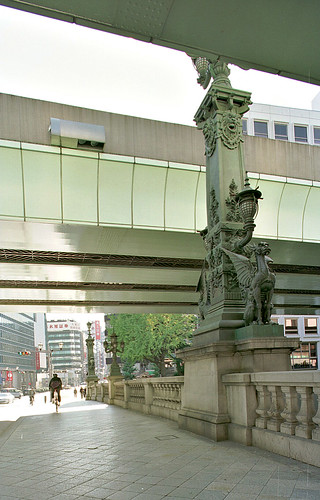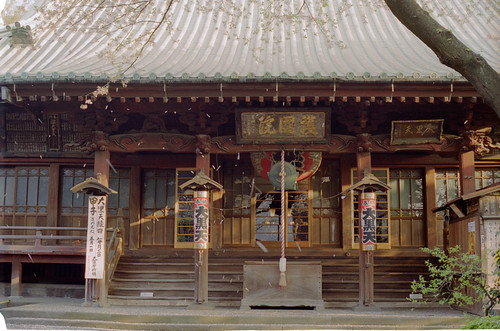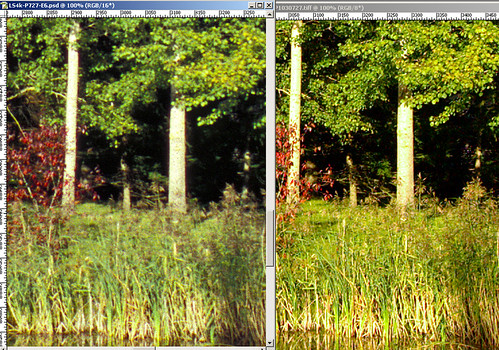pellicle
New member
Hi
I know that most people here will already be converts towards digital, but none the less I thought I'm mention that I recently compared my G1 with a 9-18mm Olympus to 35mm Sensia with a Olympus 21mm f3.5 lens (at around f5.6)
I was surprised to find that the G1 actually outperformed the slide film in all ways. The last time I made such a comparison I was using a 10D and a 20D and film edged ahead.
My blog post is here for those who may be interested.
There is also some references to another article where I compared to Neg film ... but for now I'm totally comfortable with my choice of G1 as it has put to bed my concerns that a 35mm camera with a wide lens such as the 21 may do better than the G1 does (cramming all that detail into about 1/4 the area).

I know that most people here will already be converts towards digital, but none the less I thought I'm mention that I recently compared my G1 with a 9-18mm Olympus to 35mm Sensia with a Olympus 21mm f3.5 lens (at around f5.6)
I was surprised to find that the G1 actually outperformed the slide film in all ways. The last time I made such a comparison I was using a 10D and a 20D and film edged ahead.
My blog post is here for those who may be interested.
There is also some references to another article where I compared to Neg film ... but for now I'm totally comfortable with my choice of G1 as it has put to bed my concerns that a 35mm camera with a wide lens such as the 21 may do better than the G1 does (cramming all that detail into about 1/4 the area).






